Apple iPhone 11 Pro Max camera review: back on top
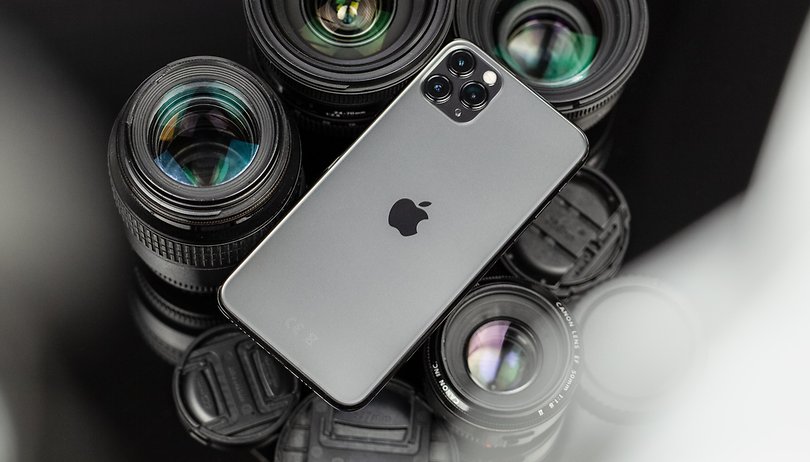

For years, the iPhone was regarded as the ultimate in smartphone photography. Supported by Apple's extremely successful #ShotoniPhone marketing campaign, an appropriate technical term for iPhone photography was even established: iPhoneography.
However, the smartphone market is hotly contested and the competition has not slept. The initially large gap between the quality of iPhone cameras and that of the competition continued to shrink steadily until Google, of all companies, with its Pixel smartphones virtually out of nowhere made the camera throne controversial, at least in the area of night photography.
With the iPhone 11 Pro, Apple not only wants to go for gold in the Smartphone Camera Olympics again, but also show the competition where the three-eyed frog beats the Pixel.
A completely new front camera and a potent trio of wide-angle, ultrawide-angle and telephoto cameras on the back make the iPhone 11 Pro a versatile smartphone for professionals and those who want to become one - and are willing to dig deep into their pockets for the current maximum performance.
But before we get to the price, let's take a look at the bare and actually rather meaningless facts. It doesn't say much because manufacturers like Apple and Google with so-called computational photography based on artificial intelligence, complex algorithms and artificial neural networks, such as Apple's Neural Engine in the A13 Bionic, can tickle much more out from the cold hardware specifications than one would expect.
iPhone 11 Pro and iPhone 11 Pro Max cameras in detail:

Ultrawide-angle camera:
- Focal length: 13 mm 35mm equivalent
- Aperture: fixed f/2.4
- Exposure times: maximum 1 second, minimum 1/45,000 second
- Light sensitivity: maximum ISO 2016, minimum ISO 21
- Image size: 4,032 x 3,024 pixels
- Sensor: 12 megapixel
- Focus system: phase comparison focus
- Stabilization: electronic
Wide-angle camera:
- Focal length: 26 mm 35mm equivalent
- Aperture: fixed f/1.8
- Exposure times: maximum 1 second, minimum 1/125,000 second
- Light sensitivity: maximum ISO 3072, minimum ISO 32
- Image size: 4,032 x 3,024 pixels
- Sensor: 12 megapixel
- Focus system: phase comparison autofocus and contrast autofocus
- Stabilization: optical, electronic
Telecamera:
- Focal length: 52 mm 35mm equivalent
- Aperture: fixed f/2.0
- Exposure times: maximum 1 second, minimum 1/45,000 second
- Light sensitivity: maximum ISO 2016, minimum ISO 21
- Image size: 4,032 x 3,024 pixels
- Sensor: 12 megapixel
- Focus system: phase comparison autofocus and contrast autofocus
- Stabilization: optical, electronic
Front camera:
- Focal length: 23 mm 35mm equivalent
- Aperture: fixed f/2.2
- Exposure times: maximum 1 second, minimum 1/48,000 second
- Light sensitivity: maximum ISO 2208, minimum ISO 23
- Image size: 4,032 x 3,024 pixels
- Sensor: 12 megapixel
- Focus system: face recognition and face tracking
- Stabilization: electronic
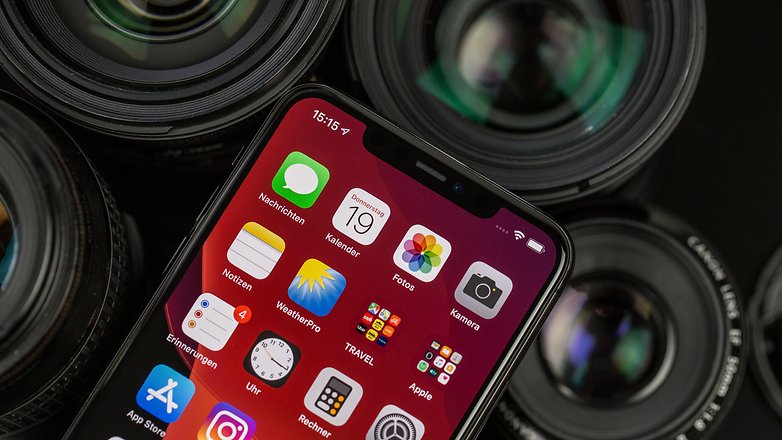
The iPhone 11 Pro and iPhone 11 Pro Max are equipped with the same cameras. There are only differences to the regular iPhone 11, which doesn't have an ultrawide-angle camera on the back.
Each camera in the Pro models has a resolution of 12 megapixels, including the front camera. All four cameras can also record 4K video at a maximum of 60 frames per second. Slow motion videos are also possible with all cameras. The three main cameras on the rear side achieve 240 fps at a Full HD resolution, the front camera only 120 fps. The latter is sufficient for Apple's new "Slofie" function.
This refers to slow motion videos that can be recorded with the front camera of the new iPhones in a Full HD resolution. Slow-motion selffies, or slofies for short. Here's an example of this:
Also new is an ultrawide-angle camera on the back with equivalent focal length of 13 mm and f/2.4 aperture and 120 degree field of view. It is flanked by a telephoto camera with 52 mm equivalent focal length and f/2.0 aperture and a regular wide-angle camera with 26 mm equivalent focal length.
Anyone who has paid close attention so far may have noticed that the equivalent focal lengths of the three cameras each increase by a factor of two. 13 - 26 - 52. That's no coincidence. This helps Apple achieve what many other multi-camera smartphones lack: visual uniformity and almost seamless camera changes.
Accordingly, the triple camera system also offers a 4x zoom from ultrawide-angle to telecamera and 2x zoom from wide-angle to telecamera.
Here's how it looks when switching between all three cameras during a 4K video recording:
In contrast to some other manufacturers, Apple does not see the triple camera of the iPhone 11 Pro as an accumulation of single cameras, but as a unit. The iPhone 11 Pro's three main cameras are a self-contained system that largely acts as one camera with different lenses and presents itself to the user in the same way.
For example, iPhone 11 Pro automatically saves a photo or video with a selected focal length in addition to a second shot with the next wide-angle lens, if a miscomposition is detected. The reason behind this is, if the user wants to correct the image section afterwards, for example to zoom out a bit on a group photo because a person does not fit completely on the photo, the photo app can automatically access this alternative photo. To prevent this optional excess shooting from filling up the memory, these additional shots are automatically erased after 30 days if they are not used for correction.
Another example is that the camera app automatically shows the user which image area he could capture with the next wide-angle lens. The dimmed areas to the left and right of the image section come from the second camera. Due to the complementary focal lengths, the transitions are seamless.
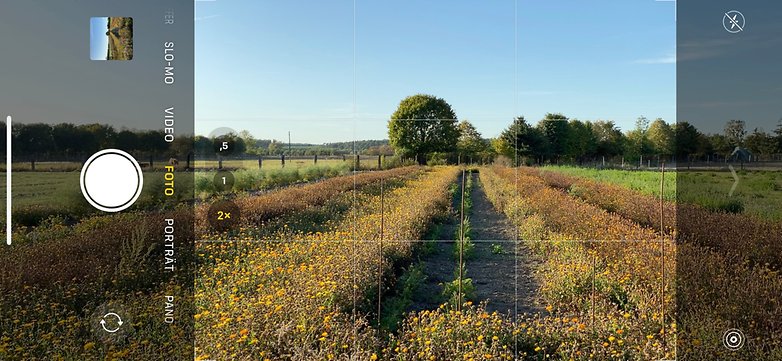
With a P30 Pro or Galaxy Note 10, such a smooth interaction between the cameras is not possible without a relationship due to different sensors with different resolutions, zoom levels and focal lengths. In contrast, every single camera of the iPhone 11 Pro delivers largely identical and expectable photo and video shots, apart from the focal length and aperture, of course.
Two photos from two of the iPhone 11 Pro's three cameras, one image characteristic:
Different sensors have different characteristics, keyword "Color Science" - color theory and sensitometry. Simply put, different sensors perceive colours differently, react differently to light, are differently sensitive to radiation and so on. This results in different results. And there are big factors like lenses, focal length, aperture openings and more not even included.
Professionals want, need and expect uniform, comprehensible and reliable results. I am a producer at AndroidPit and am responsible for a large part of the product and article photos and produce our videos together with our team. For me, there are only a few work steps that are as difficult as adapting different image material taken with different cameras and settings. That's why photographers and video producers usually work with a single camera model or at least a single manufacturer as part of a project.
With appropriate filters and software optimizations, smartphone manufacturers can adjust the output of their cameras to a certain degree, but only as far as the basic hardware framework. A direct comparison reveals the advantages of Apple's approach.
Night mode
The one new feature that got the most spotlight at the iPhone event literally needs the least of it. The night mode of the iPhone 11 Pro sets new standards in our test with realistic color reproduction, contrast values and dynamic range as well as convincing detail richness of the recordings. This becomes particularly clear in a direct comparison with the Samsung Note 10 Plus, the Huawei P30 Pro and the Google Pixel 3.
Apple also makes the operation and control of night mode somewhat easier than the competition we tested. The night mode activates automatically, recognizable by a pop-up icon, analyzes the stability or hand movements and offers a maximum "exposure time" based on this, which can be manually extended or reduced if desired. The night mode can also be deactivated completely.
Provided a tripod is used, the camera app allows a special night mode "exposure time" of up to 30 seconds for maximum clarity. However, Apple does not simply increase the shutter speed of the camera, therefore also "exposure time" in quotation marks, but takes several photos at very short intervals, which are divided into segments, analyzed and finally fused together. This processing time flows into the time display.
Compared to many other night modes, this does not result in so-called light streams, caused by bright objects that moved during recording, but rather in images with clear structures, even from the hip. Apart from that, the night mode reacts much more quickly than Huawei and Samsung. This approach also makes astrophotography possible with the iPhone 11 Pro.
However, there is one downer: the wide-angle camera does not support the new night mode for reasons that were previously unknown. The Huawei P30 Pro easily passes the iPhone 11 Pro by in this regard.
Video recording
Even though the cameras of past iPhone models have been overtaken by the competition in terms of photo quality in some disciplines, such as the Pixel 3 for night shots, Apple's iPhones have always set the standard for video quality. This is only going to continue.
Note: Because YouYube compresses videos very much, we have made the master video file (2 GB) available for download.
All cameras in the new Pro models support 4K video recording at 60 frames per second. What's new is that this 60 fps mode now also features an extended dynamic range, which was only available at 30 fps on the predecessor models.
Slow motion videos in maximum Full HD resolution of 1080p with 240 frames per second are also possible, whereby the front camera only supports 120 frames per second. Now frame rates and resolutions are good indicators, but they say little about the actual image quality.
According to Apple, the iPhone 11 Pro's triple camera delivers the best video quality of any smartphone currently on the market. Apple did not get any information about possible values such as target and maximum bit rates. But a comparison with predecessor models and the competition P30 Pro and Note 10 Plus shows that there is already something to Apple's promise. The reworked cinematic video stabilization also contributes to this.
Particularly impressive was the almost seamless switching between the main cameras during active video recording. The display of the respective focal lengths in the zoom wheel is a nice detail.
Audio zoom
The video functions of the iPhone 11 Pro are supported by a new and so-called audio zoom. We also know this feature from the Samsung Galaxy Note 10, where the microphones in the smartphone react according to the visual zoom and can concentrate the audio recording on the targeted motifs. The improvements aren't very clear, but still perceptible, even if, as in our test, an airplane in the background provides a decent background noise level.
Note: in the following video our author is speaking in German, but we left it in so you could witness the change in audio levels, which was the point of the test.
Portrait photos
The portrait mode has also been updated. Three cameras are now used for the required depth information. Portraits are now also possible with the rear wide-angle camera. High-Key Mono is another effect that hides the background in white. The intensity of the depth of field can be freely changed between f/1.4 and f/16 before and after recording.
Our man Pierre puts every portrait mode to the ultimate test.
Deep Fusion
Deep Fusion is probably the most interesting new camera feature besides the night mode. Apple introduced it at the iPhone 11 event, but it will actually be available in the coming months.
According to Apple, Deep Fusion should enable unsurpassed detail-rich photos even in difficult lighting conditions. To this end, nine photo frames are simply added together to form a 24-megapixel photo, similar to Google's HDR Plus mode in the Pixel phones. It is not yet known when Apple Deep Fusion will hand in the next round. Sometime in the autumn it should be so far.
Further innovations
Quick Take: In times of instagram stories and TikToks, everything has to go smoothly. Apple has integrated a feature called "Quick Take" into the iOS camera app so that you can record videos even faster and easier in special moments. In active photo mode, pressing and holding the shutter-release button will automatically turn the still image into a video. The video recording can be snapped in by swiping to the right.
Burst mode: Continuous shooting is of course still possible by holding down the shutter release button and swiping it to the left.
New camera and photo apps: Apple has also reworked both the standard iOS camera app and the photo app. For the first time, video recordings can now be edited directly in the Photos app, as can photos, for example, rotate, tilt and turn, crop areas and manipulate colors.
Multi-cam recordings: A feature already introduced like Deep Fusion but not yet available is simultaneous multi-cam video recording. Apple had demonstrated this feature with the third-party app Filmic Pro during the September event. According to Apple, the Pro models offer enough power to record two simultaneous 4K camera streams at Filmic Pro's "extreme" bit rates. If the quality of the recordings is reduced, three or even four camera streams could be recorded simultaneously. Other app developers should also have access to this feature.
Panorama photos can reach a maximum resolution of 63 megapixels, assuming a steady hand, and can now be taken with the ultrawide-angle lens in addition to the regular wide-angle lens.


Wide-angle front camera: As already mentioned, the front camera has been given a massive upgrade. It is now also more wide-angled than before, which simplifies group selffies. The maximum 12 megapixel resolution is provided by the front camera only in zoomed out mode. If you hold the iPhone upright, the iPhone assumes that you want to shoot a single self take and zooms in a bit to the equivalent 30 mm focal length. This reduces the resolution of the photo to around 7 megapixels. If you want you can zoom in and out manually.
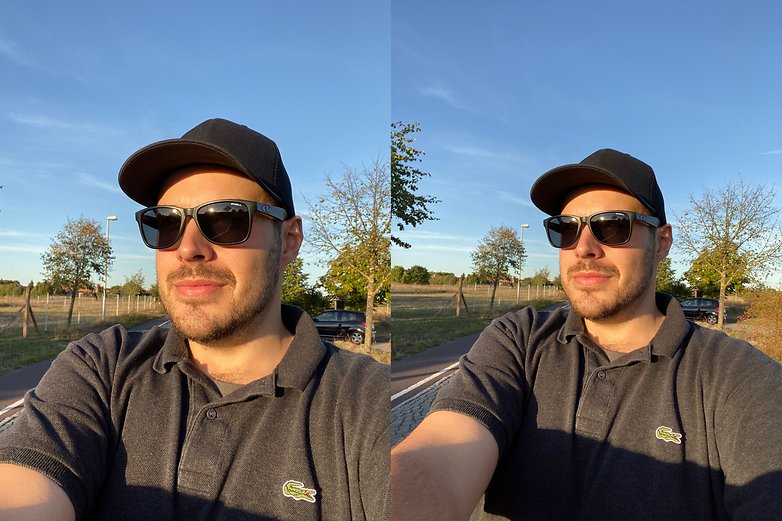
The bottom line
The new triple camera system of the iPhone 11 Pro and iPhone 11 Pro Max sets new standards in smartphone photography and videography. Apple's colour and contrast values are typically very realistic, and the dynamic, depth and richness of detail of the shots are convincing. The night mode is currently the best in a smartphone, better than the one in Pixel 3. Of course, the comparison to the upcoming Google Pixel 4 should be interesting.
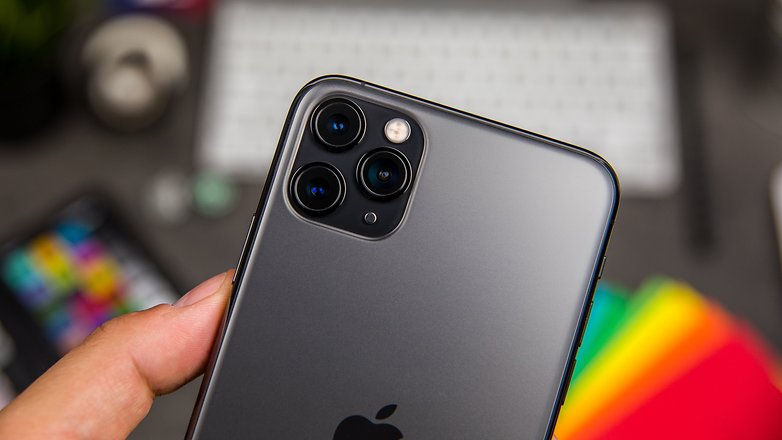
The ultrawide-angle camera delivers impressive images in moderate to very good lighting conditions, maintaining sharpness right up to the edges. Here and there, slight chromatic aberrations can be observed at the edges of the image, especially in high-contrast structures and under very bright lighting conditions. Unfortunately, this is the nature of ultrawide-angle lenses, especially those with such a small form factor. It should also be mentioned here that RAW photos cannot be taken with the ultrawide-angle camera so far. It also does not support the new night mode. Apple didn't tell me why that was the case. The assumption is, however, that the new optics require a lot of post-processing, for example in the form of lens correction and other filters for e.g. chromatic aberrations.
The current level of all smartphone-photography things cost big money. None of the Apple iPhones are what you would call a bargain. The regular iPhone 11 for $699 is more like it, especially if you consider that it offers the same camera features except for the ultrawide-angle optics.
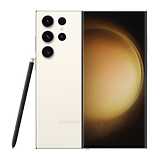
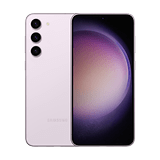
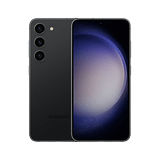
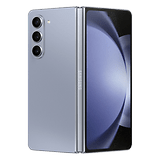
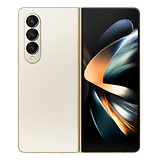
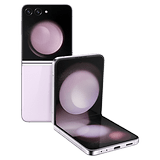

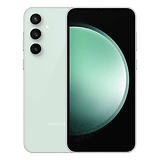
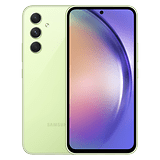
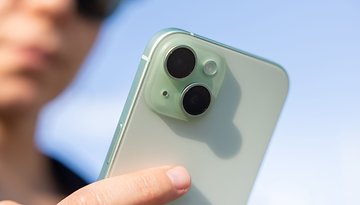
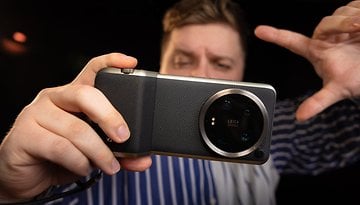

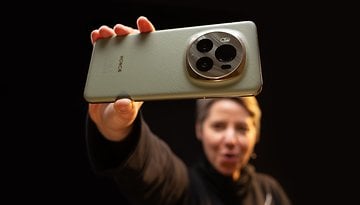
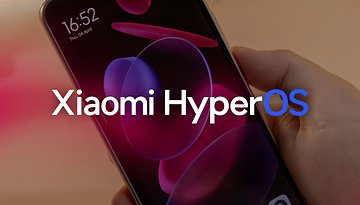
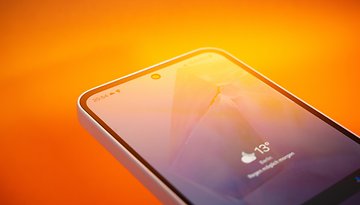
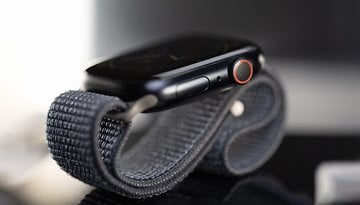
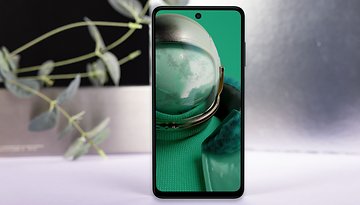
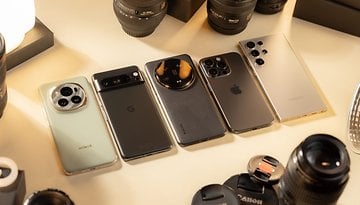
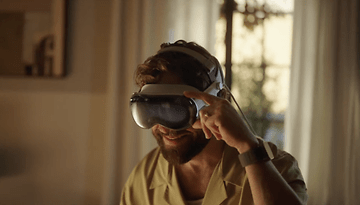
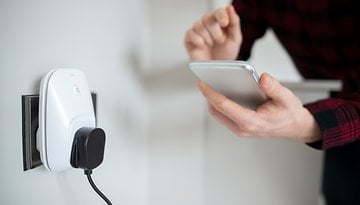
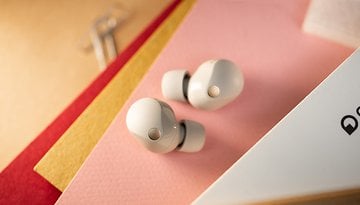
Recommended editorial content
With your consent, external content is loaded here.
By clicking on the button above, you agree that external content may be displayed to you. Personal data may be transmitted to third-party providers in the process. You can find more information about this in our Privacy Policy.